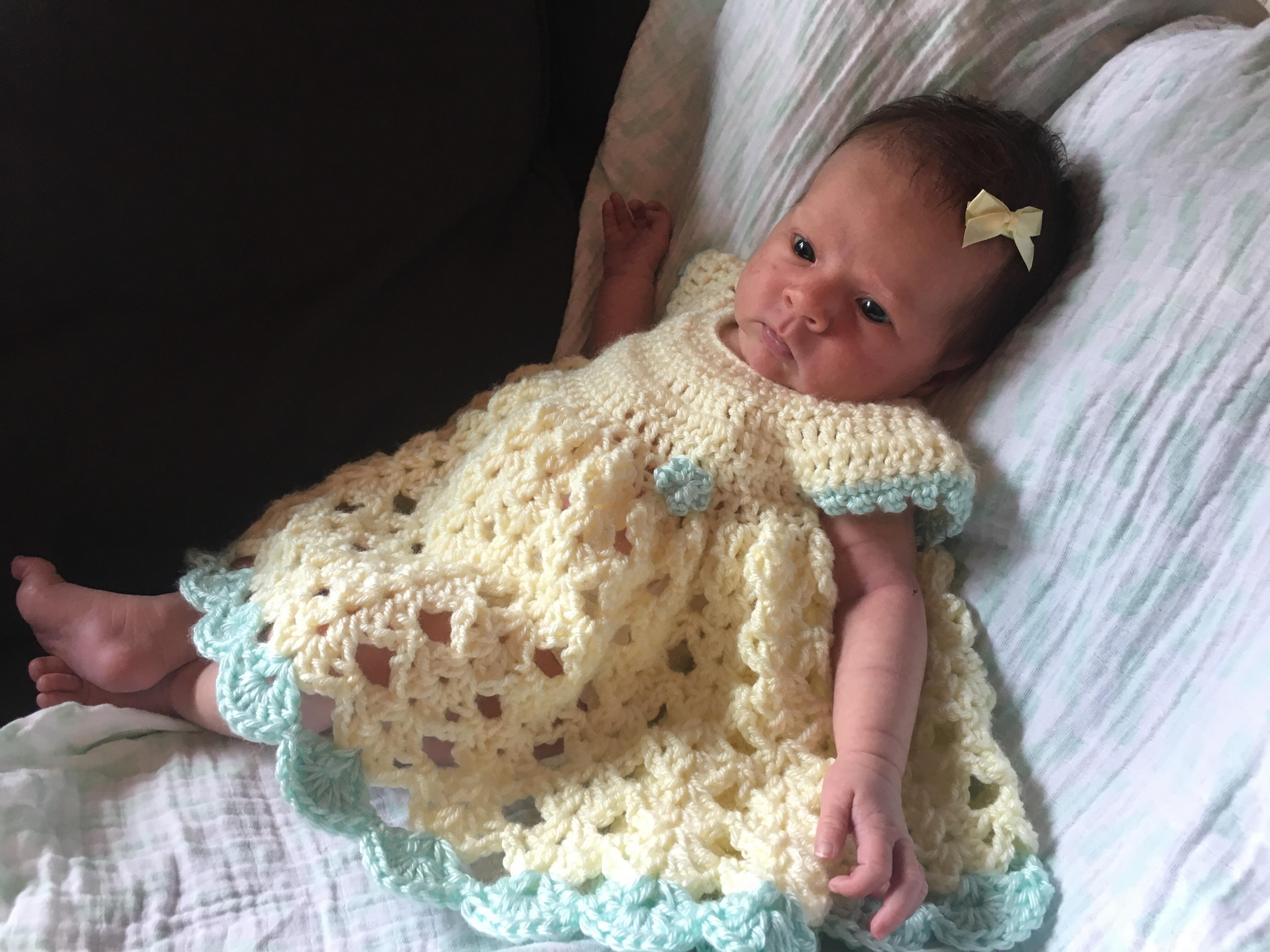by Erica Vetsch, @EricaVetsch
Where’s the Baby?
When I was a new mom, my brother who was a college student at the time came to visit me and my new baby girl. He held her for awhile, and she fell asleep, and then she woke up and needed to be fed, changed, rocked and loved on. When we were heading out the door, there was the car seat, the diaper bag, the blanket, etc. Then there was bath time, tummy time, more feeding, changing, burping, and snuggling.
After a bit, he said, “Man, this is hard work. And when you’re tired, you can’t just stick the baby in a drawer.” Such a single guy, but he wasn’t wrong. Newborns need constant supervision and care!
I told that story to my friend Mary Connealy once when we were at a writer’s retreat, and she said, “Just like in books. I have a story I’m working on now where there is a baby, and he has to be SOMEPLACE at every minute of every scene.”
Mary is right! The child has to be somewhere, in someone’s care, all the time. And because the baby has no dialogue and can’t get around under her own initiative, it can be easy to forget about her. I have read many books where there is an infant who will pop up and disappear at random intervals without a word of explanation as to where the child was in the interval. Scenes will start with the baby in the room, but as the dialogue and action heat up, the baby is ignored…or I suspect, forgotten about.
So, how can we write babies into our fiction and have them be more than just an add-on to lose track of? Here are three tips that I hope will help:
- Make the baby part of the tension or conflict. Ways to do this can include putting the baby in the care of someone who has never taken care of a baby before, or putting the baby’s life in jeopardy, making the baby’s parentage a secret, putting the baby in the center of a custody issue. These are only a few ways that a baby can increase tension, but if you need the baby to create or maintain the tension or conflict, it is less likely you will forget about them.
- Give the baby a quirk or personality trait that requires the main characters to interact. Such as, the baby may only sleep peacefully when the hero is holding him, or he prefers to do his teething on the heroine’s jet bead necklace, or maybe she can’t tolerate cow’s milk, so the hero has to milk a goat to see that the little gal is fed, even though he despises goats with the fury of a thousand grizzly bears. Babies are people too. Figure out her temperament, coloring, preferences, etc. and make her a unique character.
- Keep a note for every scene. Where is the baby and who is caring for it? Make a plan. Unless you write the baby into in every scene, it will need to be somewhere off ‘screen’ and you will have to account for its absence in a plausible way. Does Grandma watch the baby? Is there a governess? A sibling babysitter? The readers will want to know you haven’t forgotten about the infant, and that she is more than just a plot device.
Writing a baby into a story is a great way to pull at the heartstrings and up the tension and conflict as long as you don’t mentally ‘stick it in a drawer’ or treat him/her as an appendage to one of the characters. There is scope for characterization and personality for an infant, and being around babies reveals a lot about characters. Stretch yourself as a writer and be creative when it comes to using infants in your fiction!
Bonus tip: All of these tips for how to write babies into your story also work for dogs and other pets, though it isn’t as vital that they be supervised all the time like a baby. But if you’re going to give your hero a dog, then keep track of the animal. Give it a personality, use it to reveal things about your hero, heroine, or villain, make the animal a character in its own right. And when writing a scene, don’t lose track of it!
Special thanks to Deidre for the pictures of her darling Brooklyn, and to Tammy for the puppy picture!
 The Victorian Christmas Brides Collection
The Victorian Christmas Brides Collection
Experience a Dickens of a Christmas Faced with the daily extremes of gluttony and want in the Victorian Era, nine women seek to create the perfect Christmas celebrations. But will expectations and pride cause them to overlook imperfect men who offer true love? The Perfect Christmas by Erica Vetsch 1880s London Melisande Verity might be in over her head trying to create the perfect Christmas window display, but if she succeeds, will she finally attract the attention of her boss, Gray Garamond?

Best-selling, award-winning author Erica Vetsch loves Jesus, history, romance, and sports. She’s a transplanted Kansan now living in Minnesota, and she married her total opposite and soul mate! When she’s not writing fiction, she’s planning her next trip to a history museum and cheering on her Kansas Jayhawks and New Zealand All Blacks. You can connect with her at her website, www.ericavetsch.com where you can read about her books and sign up for her newsletter, and you can find her online at https://www.facebook.com/EricaVetschAuthor/ where she spends way too much time!

